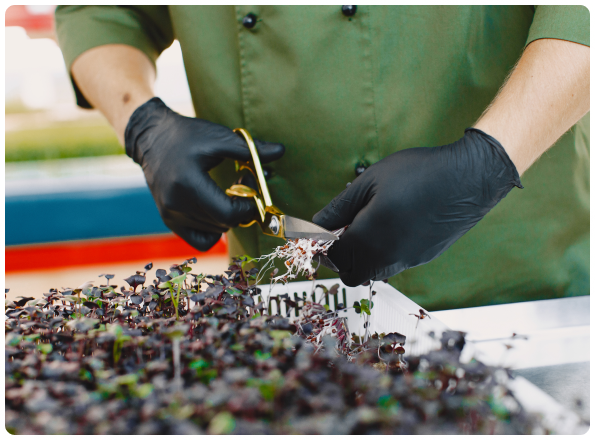Expert, trustworthy, and consistent are the three cornerstones of the reviewing process at The Wine Independent. In practical terms, this means that expert critics only qualify to work for us if they are completely independent. The Wine Independent covers all travel, accommodation, and subsistence costs associated with reviewing wines for our publication. We do not accept any payments, sponsorship, gifts, or gifts in kind from wineries or anybody associated with the sale, distribution, or promotion of wines. We do not permit any wine-related advertising on our website.
Our business model is back-to-basics. We offer two types of subscriptions: one for consumers and one for trade. The trade subscription offers multiple log-ins and a license to reproduce our written material. There is no pay to play. Wineries do not need to pay us or even be a subscriber to get their wines reviewed. We offer no type of subscription that allows selected retailers to get ‘previews’ of our reviews. And we will not ask wineries to pay to participate in events.
This is not to say that we will never host tasting experiences for our readers. We are very much interested in furthering and elevating the experience of wine in interactive ways. What’s important is that we will do so in a way that prevents conflicts of interest, and that maintains our neutrality with regard to the wineries.






